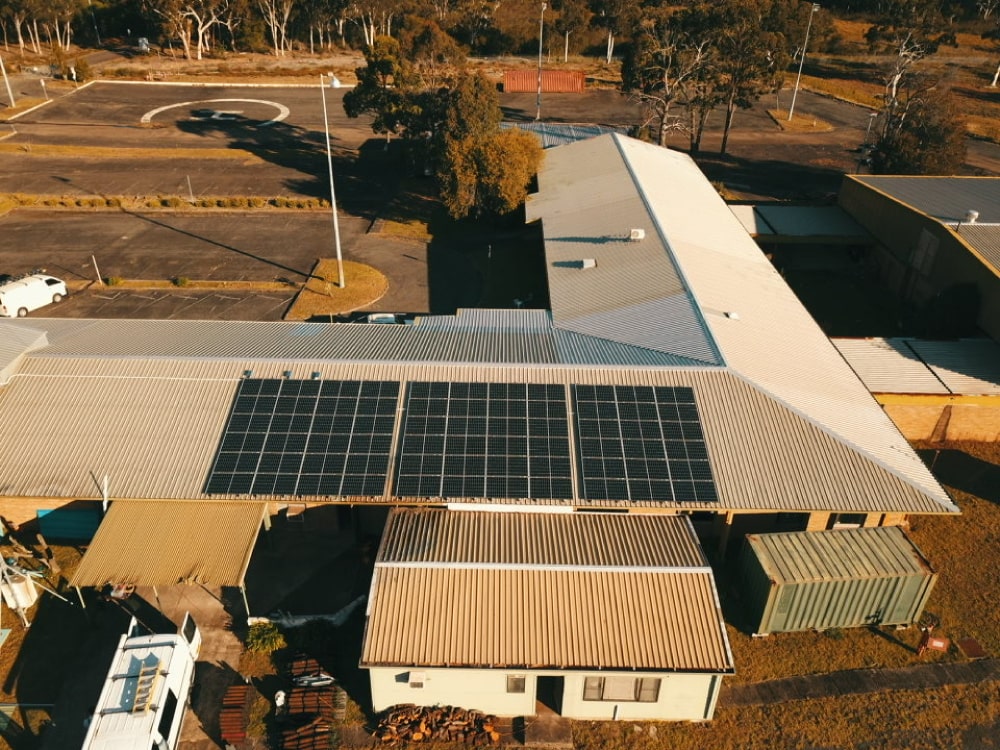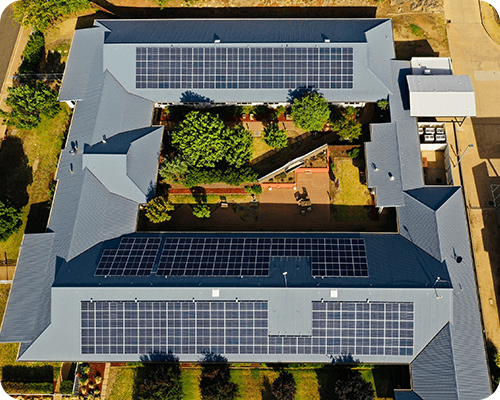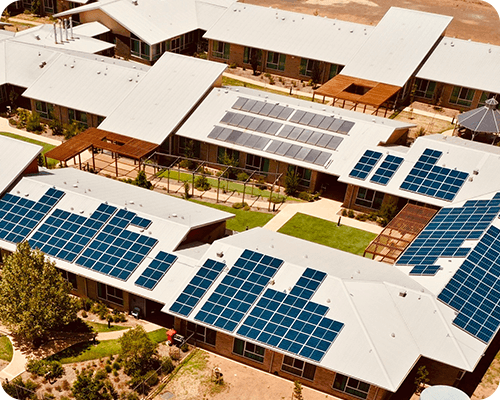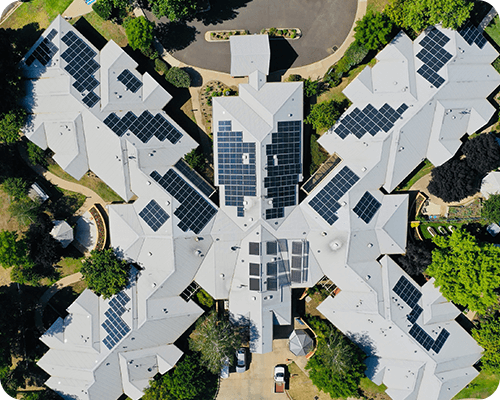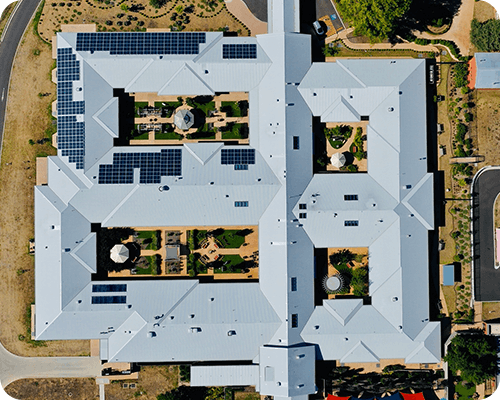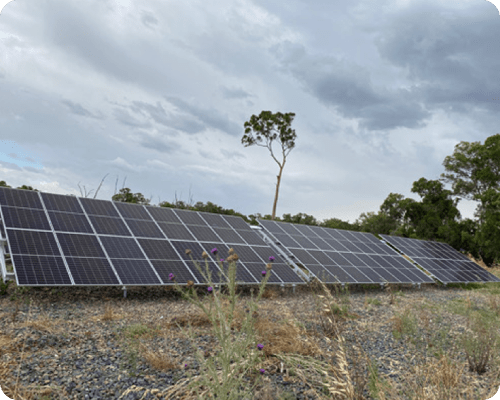
Power factor correction is a technique used in electrical engineering to improve the power factor of an electrical system. The power factor is a measure of how efficiently electrical power is converted into useful work output in an AC (alternating current) circuit. It is expressed as a number between 0 and 1, with 1 representing perfect efficiency. A low power factor indicates that a significant portion of the electrical power is lost as reactive power, which doesn't perform useful work but still circulates in the electrical system.
In practical terms, power factor correction involves the following:
Understanding Power Factor: Power factor is the cosine of the phase angle between the voltage and current waveforms in an AC circuit. It's divided into two components: real power (kW) and reactive power (kVAR). Real power does useful work, like powering machines, while reactive power is necessary for magnetic fields in devices like motors and transformers but doesn't perform any useful work. The power factor is the ratio of real power to apparent power (kVA), where kVA is the vector sum of real and reactive power.
Determining the Power Factor:
A low power factor (close to 0) indicates that a significant amount of the electrical energy is wasted as reactive power. This can result in increased energy consumption, higher electricity bills, and reduced efficiency of electrical equipment.
Implementing Power Factor Correction:
Power factor correction involves adding capacitors or other reactive power devices to the electrical system. These devices release reactive power to offset the inductive (lagging) reactive power caused by motors, transformers, and other inductive loads. By doing so, the power factor is improved, and the electrical system becomes more efficient.
Benefits:
Capacitor Banks:
Capacitors are commonly used for power factor correction. Capacitor banks are installed in parallel with the electrical loads that need correction. They release reactive power, which compensates for the inductive reactive power, thereby raising the power factor.
Static kVAr Generators:
Static kVAr Generator are installed in series with the electrical loads that need correction. They release reactive power, which compensates for the inductive reactive power, thereby raising the power factor.
Note:
It's important to note that power factor correction should be carefully designed and implemented, as over-correction can lead to an excessively high power factor, which can also have negative effects on the electrical system. Balancing the power factor to an appropriate level is essential to optimize the efficiency and performance of the electrical system while avoiding other issues. ASD’s Electrical engineers and experts typically perform power factor studies and calculations to determine the required correction.


Our Clients
Drawing on over 15 years of unrivalled experience, we have proudly installed solar solutions for an extensive array of commercial customers across Australia. Our expertise transcends industry boundaries, encompassing manufacturing, retail, hospitality, logistics, healthcare, and local government sectors. Our esteemed clients hail from a diverse spectrum, including various levels of government, public institutions, and private enterprises. Your industry, your sector—ASD is your trusted solar partner.
Our Happy Customers

Shrush


Lynne


John L


Tarnei


Vicki


Sarang


Barry


Eddie


GRAHAM


Shrush


Lynne


John L







































